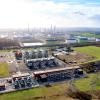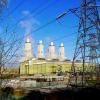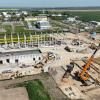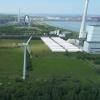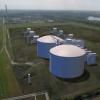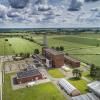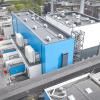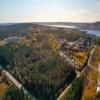Wilhelmshaven
In April 2021, the Wilhelmshaven power plant was awarded the second tender by the German Federal Network Agency for the decommissioning of hard coal-fired power plants. After the transmission system operator TenneT classified the plant as not system-relevant, it was decommissioned in December 2021.
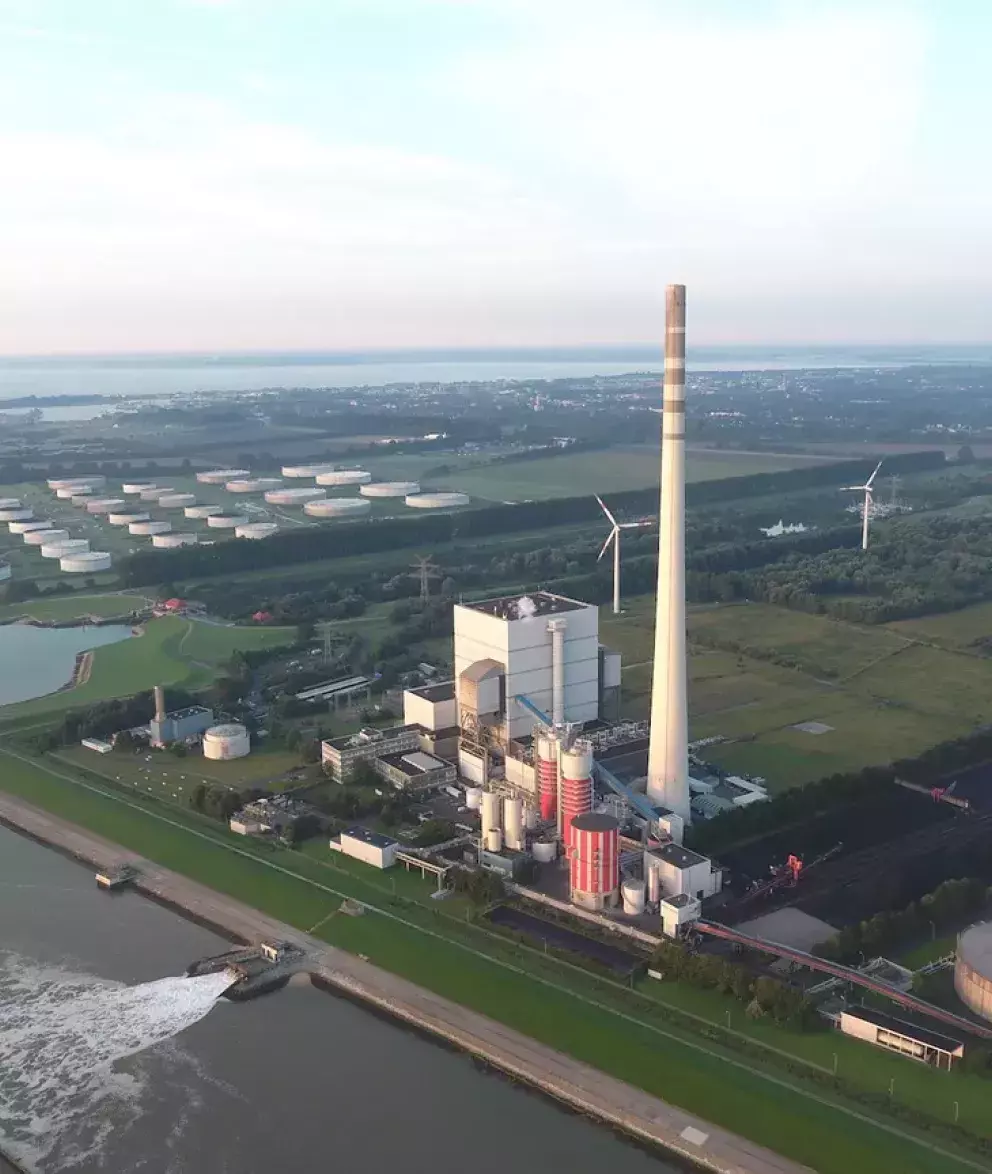
The Wilhelmshaven power plant was one of the pioneers of flue gas cleaning. Germany's first desulfurization plant was already operating here in 1978. With an output of 777 megawatts, the power plant was one of the most powerful in Germany.
The decommissioning of the power plant offers new opportunities for the site. There are already a number of ideas for the future. These include, for example, a direct reduction plant for the production of sponge iron with upstream hydrogen electrolysis and the construction of a photovoltaic plant.
The aim is also to create prospects for a qualified workforce. Therefore, it is planned to set up a training and development center in Wilhelmshaven - not only for Uniper but also for companies in the region.
More projects
Humber H₂ub® (Green)
The development of a hydrogen production hub, as part of the Energy Transformation Hub Killingholme in the largest CO2 emitting cluster in the UK, enabling the supply of green hydrogen.
120 MWel electrolytic H2 production capacity (21,000 Nm3/hr baseload supply) with expansion capacity of 200 MWel
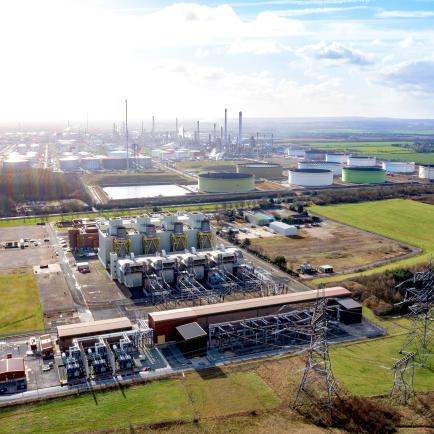
Connah’s Quay
A low carbon long term replacement strategy for Uniper’s existing unabated asset at Connah’s Quay by developing a new combined-cycle gas turbine (CCGT) fitted with carbon capture technology to capture CO2 emissions.
550 MW capacity (with later expansion to ~1.1GW) ~1.2 Mt CO2 captured per year
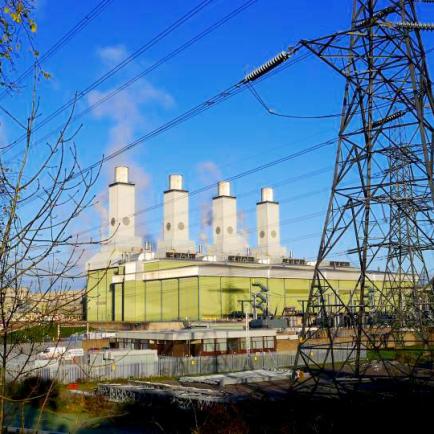
Energy Park Bad Lauchstädt
Shaping a green hydrogen economy in the Central German Chemical Triangle with stand-alone supply of renewable energy to an electrolyser to produce green hydrogen.
3,000 tons approx. (~99 GWh) per annum of green hydrogen in the first stage
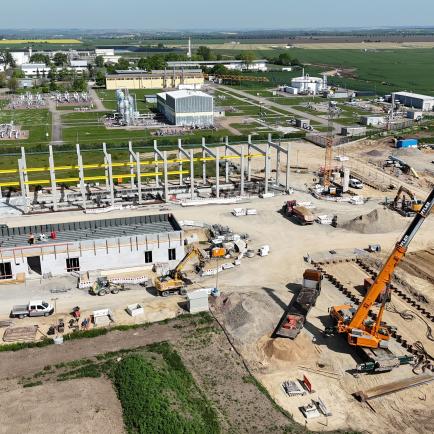
Green Wilhelmshaven Electrolyser
Development of an industrial electrolyser at Uniper’s powerplant site in Wilhelmshaven. Project starts with an initial 200 MW electrolyser, which will be scaled up to a gigawatt-size facility in line with growing demand.
200 MWel electrolytic H2 production capacity in Phase 1 (20 ktpa H2 output) with expansion capacity of up to 1GWel
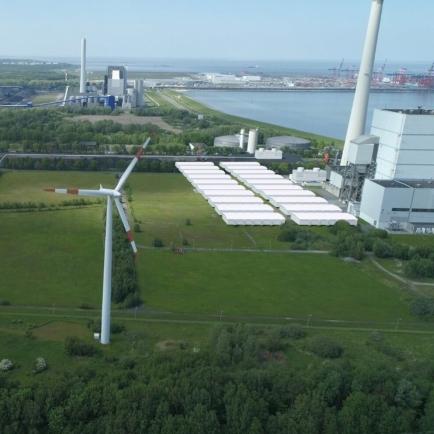
Green Wilhelmshaven Import Terminal & Cracker
Import terminal for green and blue hydrogen (from ammonia cracking) at Uniper’s terminal site. Germany’s only deep-water port for large-scale import vessels, and unique connection to Germany's largest salt caverns for hydrogen storage position.
300 ktpa from ammonia import & conversion
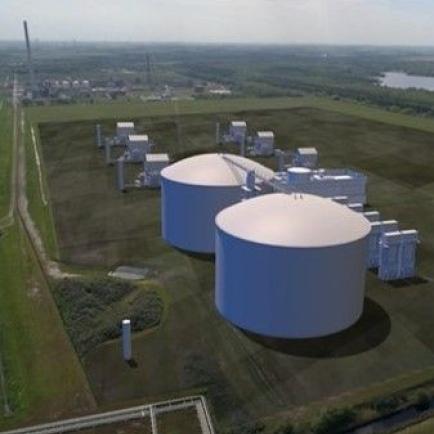
Project CHESS
Setting up a hydrogen hub in Huntorf, Lower Saxony to generate hydrogen using renewable energy, store it there and create transport facilities to make it available to industry and the mobility sector. The site also offers the possibility of using hydrogen in highly efficient Compressed Air Energy Storage.
30 MWel electrolysis capacity for green hydrogen (Upscalling up to 300 MWel)
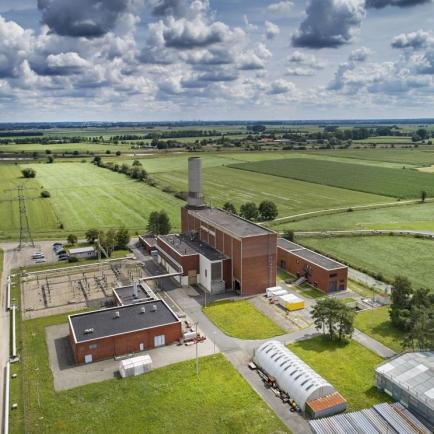
Happurg
The execution of the revitalisation of the largest pumped storage hydropower plant in Bavaria/South Germany after 47 years of operation (commissioning ‘64), it was shut down in 2011, after recurring bed collapses in the upper reservoir.Happurg will add a large-scale, flexible 160 MW storage element to Uniper’s clean dispatchable power portfolio.
160 MW 209 m drop; upper basin volume of 1.8mio. m³; storing water with an energy content of 840 MWh of electricity
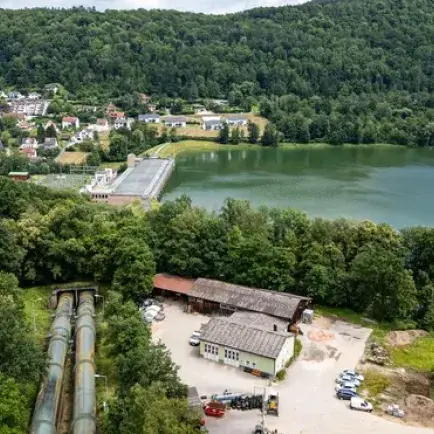
Scholven
The aim is to transform the power plant site into a modern energy and technology centre. The basis for this is the termination of power generation from coal and the new combined heat and power (CHP) plant. However, switching from coal to gas is only the first step on the site's path to transformation. Further possible options include the conversion of the new CHP plant to H2-ready and new H2-ready power plants at the site. H2-ready means that these power plants can also be operated with hydrogen in the future (project developments are underway).
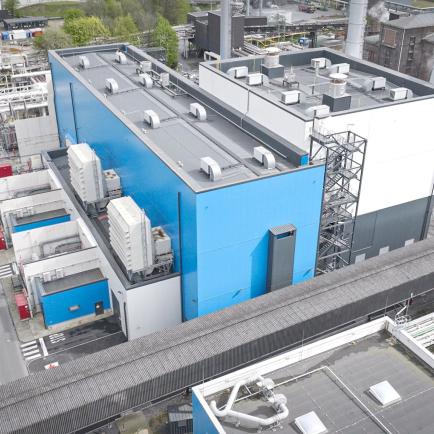
NorthStarH2
NorthStarH2 aims to develop, build and operate a “Power-to-Methanol” (eMethanol) plant at the Lugnvik industrial site in Östersund, Sweden to convert up to 140 kt biogenic CO2 combined with ca.1.1 TWh renewable electricity annually to produce up to 112 kt eMethanol.
112 kt yearly eMethanol generation capacity

